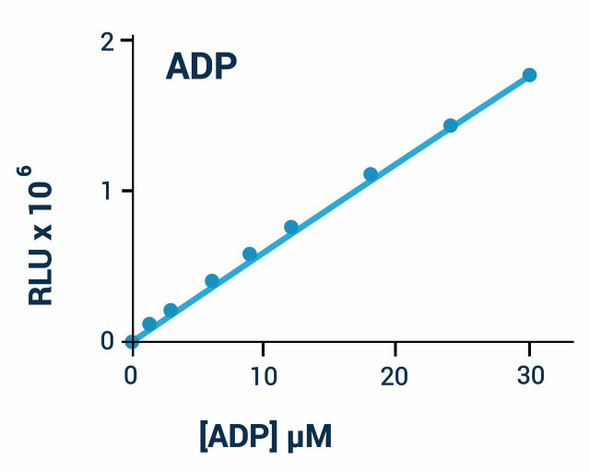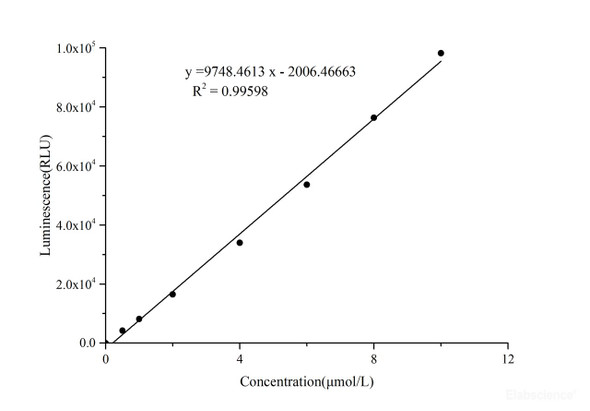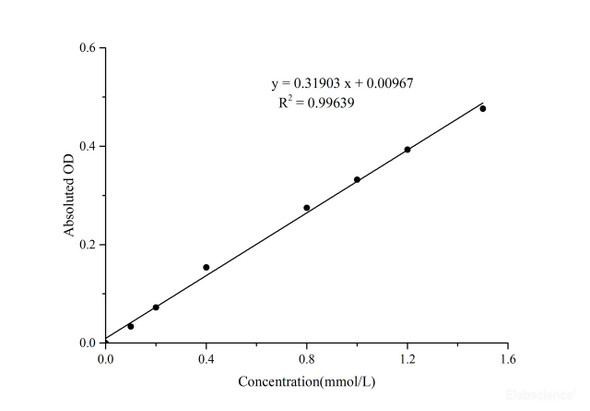Cell Health Assays
ATP Assay Kit (Luminescent) (BA0080)
- SKU:
- BA0080
- Product Type:
- Assay
- Detection Method:
- Luminometric
- Sample Type:
- Cells
- Research Area:
- Glycolysis & Carbohydrates
- Research Area:
- TCA Cycle
- Research Area:
- Kidney Biomarker
Description
ATP Assay Kit - Information
Assay Genies ATP Assay Kit (Luminescent) provides a rapid method to measure intracellular ATP. The single working reagent lyses cells to release ATP, which, in the presence of luciferase, immediately reacts with the Substrate D-luciferin to produce light. The light intensity is a direct measure of intracellular ATP concentration. This non-radioactive, homogeneous cell-based assay is performed in microplates. The reagent is compatible with all liquid handling systems for high-throughput screening applications in 96-well and 384-well plates
Applications
For rapid, quantitative, bioluminescent determination of ATP and evaluation of drug effects on ATP metabolism.
ATP Assay Kit - Key Features
- Safe. Non-radioactive assay.
- Sensitive and accurate. As low as 0.02 uM ATP or a single cell can be quantified.
- Homogeneous and convenient. "Mix-incubate-measure" type assay. No wash and reagent transfer steps are involved.
- Robust and amenable to HTS: Z' factors of > 0.5 are routinely observed in 96-well and 384-well plates. Can be readily automated on HTS liquid handling systems.
ATP Assay Kit- Data Sheet | |
| Kit Includes | Assay Buffer: 10 mL Substrate: 120 mL ATP Enzyme: 120 mL Standard: 100 mL 3 mM ATP |
| Method of Detection | Luminescence |
| Detection Limit | 0.1 uM |
| Samples | Cells etc |
| Species | All |
| Protocol Length | 10 min |
| Size | 100 tests |
| Storage | Store all reagents at -20°C. |
| Shelf Life | 12 months after receipt. |
More Details
Adenosine 5'-triphosphate (ATP) is the chemical energy for cellular metabolism and is often referred to as energy currency" of the cell. ATP is produced only in living cells during photosynthesis and cellular respiration and consumed in cellular processes including biosynthetic reactions, motility and cell division. It is a key indicator of cellular activity and has been utilized as a measure of cell viability and cytotoxicity in research and drug discovery.








